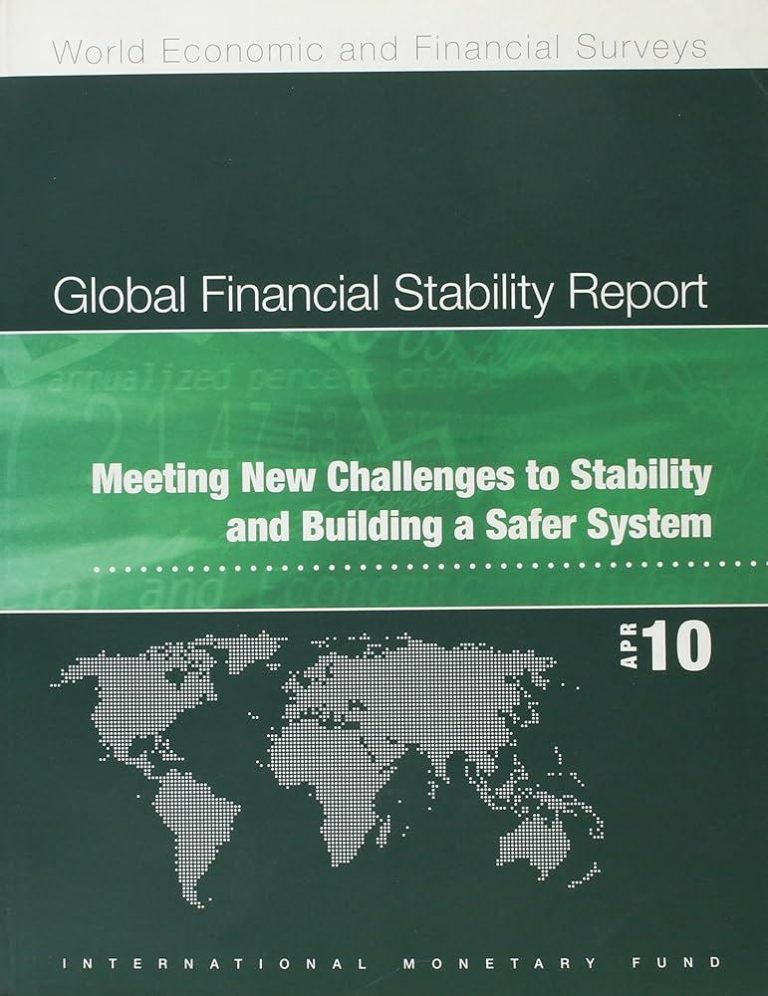Two Washington-based institutions born of the postwar order are again at the center of efforts to steady a jittery global economy. As governments grapple with high debt, volatile capital flows, and climate and conflict shocks, the International Monetary Fund and the World Bank have emerged as the principal backstops-channeling emergency cash, anchoring policy adjustments, and financing development that can cushion future crises.
Their roles are distinct but interlocking: the IMF shores up balance-of-payments positions and rebuilds confidence through surveillance and crisis lending; the World Bank funds long-term infrastructure, social protection, and climate resilience, while mobilizing private capital through guarantees and its IFC arm. Together, they convene creditors, shape standards, and provide a framework for restructuring unsustainable debts-often the difference between disorderly default and a path back to growth.
This article examines how the two institutions underpin economic stability in practice: the tools they deploy, from precautionary credit lines to concessional finance; how their programs influence markets and policy choices; and the tensions that follow, including debates over austerity, governance, and the pace of reform. As policymakers weigh new risks and limited fiscal space, understanding the mechanics-and limits-of the IMF-World Bank playbook has rarely been more urgent.
Table of Contents
- IMF crisis backstops in action: Rapid financing, SDR channeling and credible conditionality to steady currencies and inflation
- World Bank financing for resilience: Infrastructure, health and climate investments that lower risk premiums and raise productivity
- Policy steps for governments now: Publish full debt data, target cash transfers, phase energy subsidy reforms and align with IMF and World Bank programs
- The Way Forward
IMF crisis backstops in action: Rapid financing, SDR channeling and credible conditionality to steady currencies and inflation
Under market stress, the Fund is deploying a three‑pronged playbook-swift emergency funding, the recycling of reserve assets, and reform‑anchored programs-to temper currency volatility, shore up reserves, and cool inflation expectations, while coordination with the World Bank ring‑fences social protection and targeted energy subsidies.
- Swift emergency funding: front‑loaded disbursements through rapid windows provide liquidity to smooth disorderly FX moves and prevent pro‑cyclical fiscal cuts.
- Recycling of SDRs: advanced economies reallocate Special Drawing Rights via concessional trusts (e.g., PRGT, RST) to extend longer‑tenor, low‑cost support without adding foreign‑currency mismatch.
- Reform‑anchored programs: time‑bound benchmarks, prior actions, FX market normalization, credible monetary policy, and fiscal anchors rebuild policy credibility and crowd in private capital.
- Governance safeguards: central‑bank audits, procurement transparency, and social‑spending floors check moral hazard and protect vulnerable households.
- Measurable results: narrower spreads, shrinking parallel‑market premia, stronger reserve cover, and easing sequential inflation indicate traction.
World Bank financing for resilience: Infrastructure, health and climate investments that lower risk premiums and raise productivity
With borrowing costs elevated across many emerging markets, the World Bank is channeling concessional finance and guarantee instruments into projects that directly compress country risk and lift potential output. Priority pipelines emphasize resilient infrastructure that cuts logistics delays and outage risks, health system capacity that curbs productivity-sapping shocks, and climate-smart investments that reduce loss volatility and stranded-asset risk. By improving reliability and visibility of cash flows, these operations help lower risk premiums, crowd in private lenders, and accelerate capital formation-supporting a virtuous cycle where stronger fundamentals narrow spreads and, in turn, finance deeper reform.
- De-risking mechanisms: blended finance, partial credit guarantees, political risk insurance.
- Resilient infrastructure: climate-proof transport, upgraded grids, water security, digital connectivity.
- Health investments: primary care networks, surveillance, supply chains, workforce training.
- Climate operations: adaptation for cities and agriculture, clean energy, nature-based buffers.
- Data and insurance: catastrophe modeling, sovereign risk pools, transparent project pipelines.
- Local market depth: green bonds, PPP frameworks, standardized contracts to mobilize pension capital.
Policy steps for governments now: Publish full debt data, target cash transfers, phase energy subsidy reforms and align with IMF and World Bank programs
- Publish full debt data: Mandate a centralized, audited register covering central government, state-owned enterprises, guarantees, collateralized borrowing and arrears; release quarterly debt dashboards in machine-readable formats; adopt IMF/World Bank transparency templates and legal disclosure requirements to restore investor confidence and improve pricing.
- Target cash transfers: Replace generalized subsidies with temporary, means-tested digital payments via verified social registries and mobile wallets; index benefits to inflation for bottom quintiles; add grievance redress and sunset clauses to curb leakage while protecting real incomes during adjustment.
- Phase energy subsidy reforms: Announce a predictable price path with automatic pass-through, lifeline tariffs for low-usage households and time-bound compensation; pair reforms with metering upgrades, energy-efficiency investments and arrears clearance to utilities; earmark part of savings for health, education and climate resilience.
- Align with IMF and World Bank programs: Anchor macro policy with an IMF arrangement (SBA/EFF/PCI) and World Bank development policy financing that include clear prior actions, social safeguards and climate components; integrate debt treatment under the G20 Common Framework where relevant; publish performance against structural benchmarks to cement credibility.
The Way Forward
As debt pressures, climate shocks and geopolitical rifts test the global economy, the IMF and World Bank remain the system’s primary backstops-one stabilizing balance-of-payments crises and the other financing long-term development and reconstruction. Their tools have evolved, from emergency lending and surveillance to concessional windows, climate-linked finance and capacity building. So have the debates: over conditionality and austerity, over who bears losses in restructurings, and over whether representation and resources keep pace with the rise of emerging markets.
Reforms on the table-IMF quota realignments, multilateral development bank capital tweaks, faster debt workouts under the G20 Common Framework, and rechanneling of SDRs-will shape how effectively both institutions can respond to the next shock. For now, their mandate is unchanged: contain crises before they spread, and lay the groundwork for durable, inclusive growth. Their relevance will be judged not by rhetoric, but by outcomes in the world’s most vulnerable economies.


